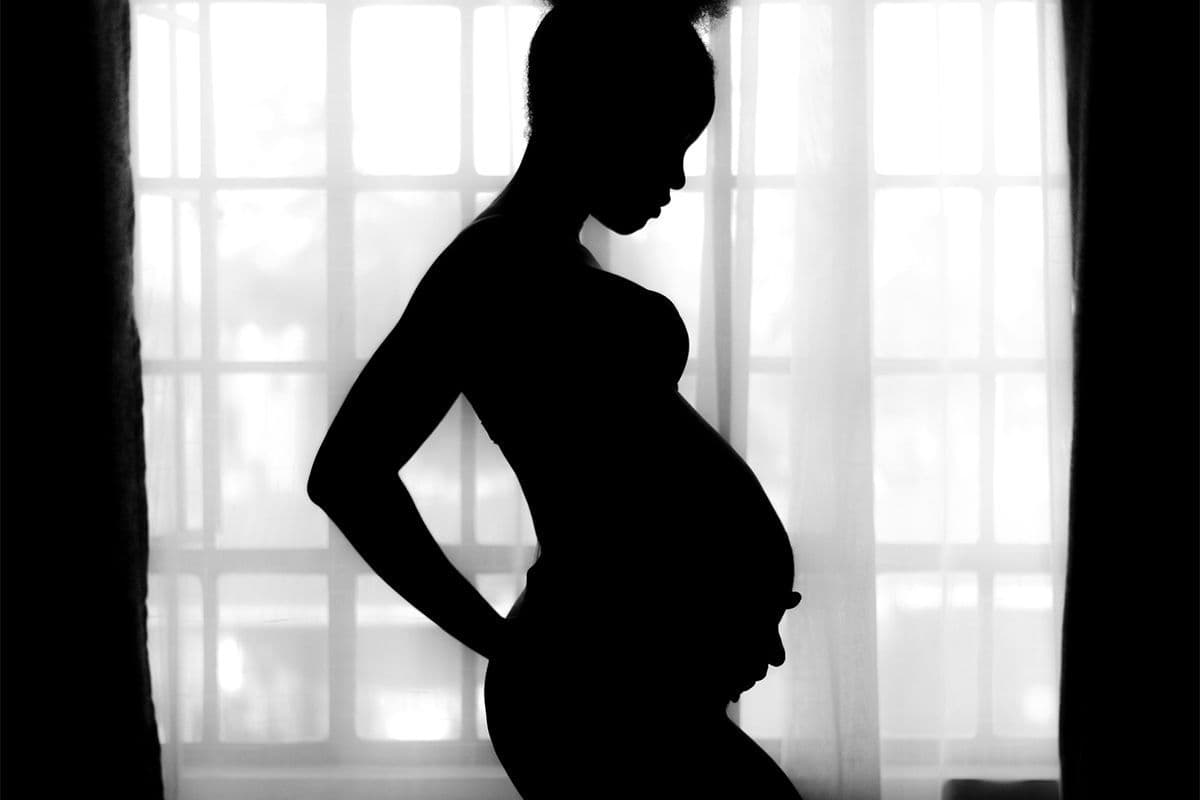10 Weeks Pregnant
Your Baby
Growth has reached a crucial point by week 10 and you may see fetal movements on ultrasound. The movements are very small, but they are quite important for the baby. With joints fully developed, your baby needs to move to ensure everything is working properly. From now until the end of the 40 weeks gestation, s/he will rarely be completely still. Feet, toes and fingers are also fully developed. The baby is more than one inch long. In some cases, a fetal monitor can be used in the 10th week to hear the heartbeat.

Your Body
Thanks to the ability of the human body to adapt, morning sickness should be easing off or disappearing by week 10. But, with the lapse of one symptom comes another. Blood volume has been steadily increasing to the point of mom carrying 40-50% more blood. This blood is pumped through existing veins. Veins near the surface may become more pronounced and visible. This is especially true in the legs and breasts. Some women find dark veins unsightly, but there is nothing that can be done about this change. The blood flow is necessary for healthy fetal growth, so think of the veins as a lifeline for baby.
Weight gain should become slightly noticeable. Typically, you will gain about 25 pounds during a singlet pregnancy. For multiples, that number will be higher. It is important to maintain a healthy diet and eat often to keep weight gain slow and steady.
The second prenatal visit occurs between the 10th and 13th week. If the pregnancy is progressing perfectly, the doctor may wish to wait a bit longer. You also should discuss with your doctor the "first trimester screening test" which is an ultrasound also known as the nuchal screen. The test is done between 11 and 13 weeks and consists of a sonogram measurement of the fetus' nuchal fold and a blood test. These are done to calculate the risk of having a fetus with a chromosomal anomaly like Trisomy 21 (Down syndrome), Trisomy 18 (Edward Syndrome), and Trisomy 13 (Patau Syndrome).
A new screening test called the cell-free fetal DNA test can also now be done at 10 weeks of pregnancy. The cell-free DNA test is a screening test, not a diagnostic test, meaning it provides risks for certain conditions but does not make the definite diagnosis. The test determines the chance that the fetus has Down syndrome, Edward syndrome or Patau syndrome based on the relative amount of free fetal DNA from chromosomes 21, 18 and 13. Usually, additional tests are required like a chorionic villi sampling or CVS or an amniocentesis to determine the actual diagnosis.
Dad
Dad may find it confusing that he is experiencing the same mood swings as mom. It is not uncommon for dads to be thrilled about being a father one minute and full of fear the next. Mom may start gaining weight at this point in the pregnancy, but may not be happy about it so compliment her on how beautiful she is and talk to baby through her tummy often.
Tips For This Week
Weight gain will differ depending on starting weight before pregnancy. If you were underweight, you may gain as much as 40 pounds with a singleton pregnancy. Having twins increases that amount to 50 pounds or more. Moms who started gestation at a normal weight will gain about 25 to 35 pounds with a singlet and 35 to 45 pounds with twins. Overweight mothers-to-be will need to gain far less at only 15 to 25 pounds with a singlet and 25 to 35 pounds with twins. Remember that no two moms are the same, and continue to eat healthy foods and exercise gently.









